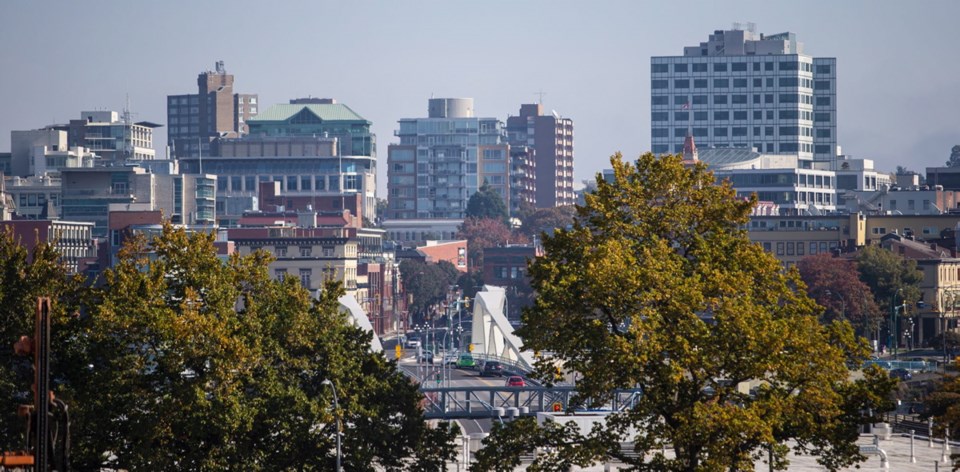A strong pool of talent and relatively manageable costs have propelled Victoria to seventh spot in sa���ʴ�ý in a new report on tech talent from real estate services firm CBRE.
Due to its size, the report notes Toronto still dominates sa���ʴ�ý’s tech scene, but smaller markets such as Victoria are making inroads as companies compete to find talent.
The report points out Toronto’s tech talent pool grew by 54 per cent between 2013 and 2018 to reach 228,500.
Victoria has jumped three spots in the report as its tech talent pool grew by 1,300 between 2013 and 2018 to 9,600 people, while it compares favourably with the tech hubs it competes with for talent and capital when it comes to the cost of rent and wages.
Victoria is ranked ninth in sa���ʴ�ý and 16th in North America in terms of the total average annual cost to run a large tech firm [500 employees in 75,000 square feet of space] and while Victoria has few firms that size, its costs are half of that faced by firms in places such as Silicon Valley and Seattle.
Dan Gunn, chief executive of the Victoria Innovation, Advanced Technology and Entrepreneurship Council, said the report shines a positive light on Victoria, adding it’s difficult for the city to compete when some of the metrics used are based on head count.
He suggested that given Victoria showed well in the categories of quality of available talent, opportunity and relative value, there’s probably a good formula to show Victoria is a standout.
“Not that long ago, people didn’t think of Victoria as a tech city, but now anyone looking at this will see that there are the biggest cities in the country ahead of us, but we are the No. 1 small market city in the nation and one of the strongest in North America,” he said. “It’s great news. We are part of the conversation and we’ve been invited to the party.”
Paul Morassutti, vice-chairman of CBRE sa���ʴ�ý, said companies are looking further afield as the competition for talent rises. “Increasingly both established firms and startup firms are understanding that there is a significant pool of untapped tech talent in other parts of the country.”
Morassutti said attracting talent was the key concern for companies so they aren’t particularly concerned with office costs, but with high housing prices in Vancouver and Toronto, tech workers and the companies seeking them are looking at other cities.
“All of a sudden these smaller and mid-sized markets are beginning to make a lot of sense.”
There’s been a shift from the past where smaller cities simply tried to compete on the “very weak argument” of cost to attract tech companies, and are increasingly working with various levels of government as well as accelerators and incubators to create ecosystems, said Morassutti.
They are creating specialized hubs, such as artificial intelligence in Montreal and Edmonton, automotive in Hamilton and Oshawa, Ont., and ocean-focused tech in Victoria and Halifax, and Calgary with clean tech.
“To the extent that each local market has been able to differentiate itself, you know that has attracted attention from the larger players and the smaller startups,” he said.
Some smaller markets also find it helpful to not be on the radar of big global tech firms that can poach talent, said Morassutti, noting an executive in Halifax said it is a plus that the city didn’t have direct flights to Seattle or San Francisco.
“We’re not just competing with Vancouver or Toronto or with San Francisco or Seattle, we’re competing with Israel, we’re competing with Germany, with China,” he said.
The report ranks Toronto, which added 80,100 tech jobs in the five-year period, as the top tech city overall. Ottawa, which lost 3,600 workers to sit at 64,500, was ranked second, while Vancouver, which added 22,300 workers to reach 74,700, was ranked third.
Guelph’s talent pool rose 94.7 per cent over the five years to 3,700, Regina rose 68.1 per cent to 7,900, Hamilton was up 52.9 per cent to 18,200, and the Waterloo Region was up 39.7 per cent to 20,400.
— with files from The Canadian Press



